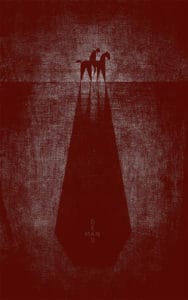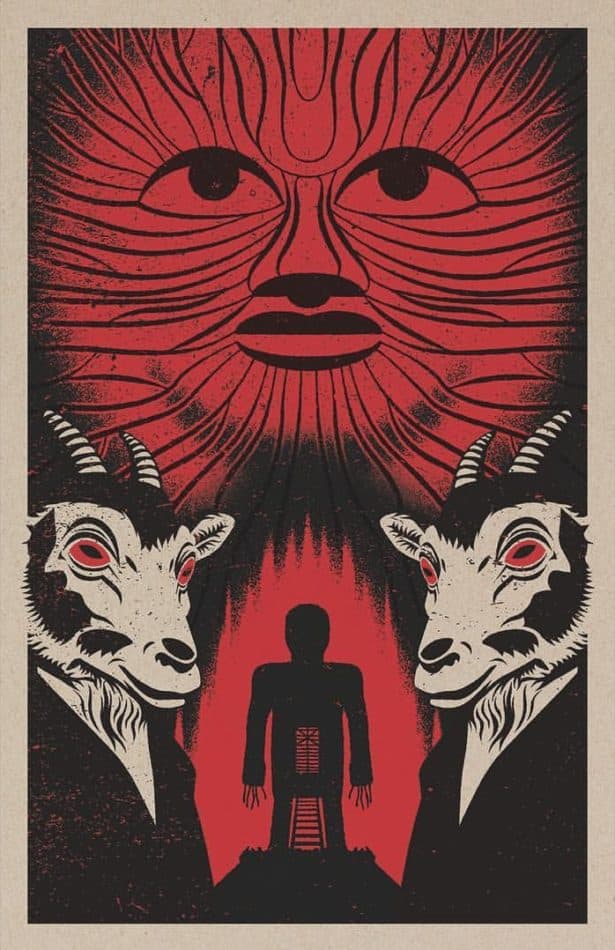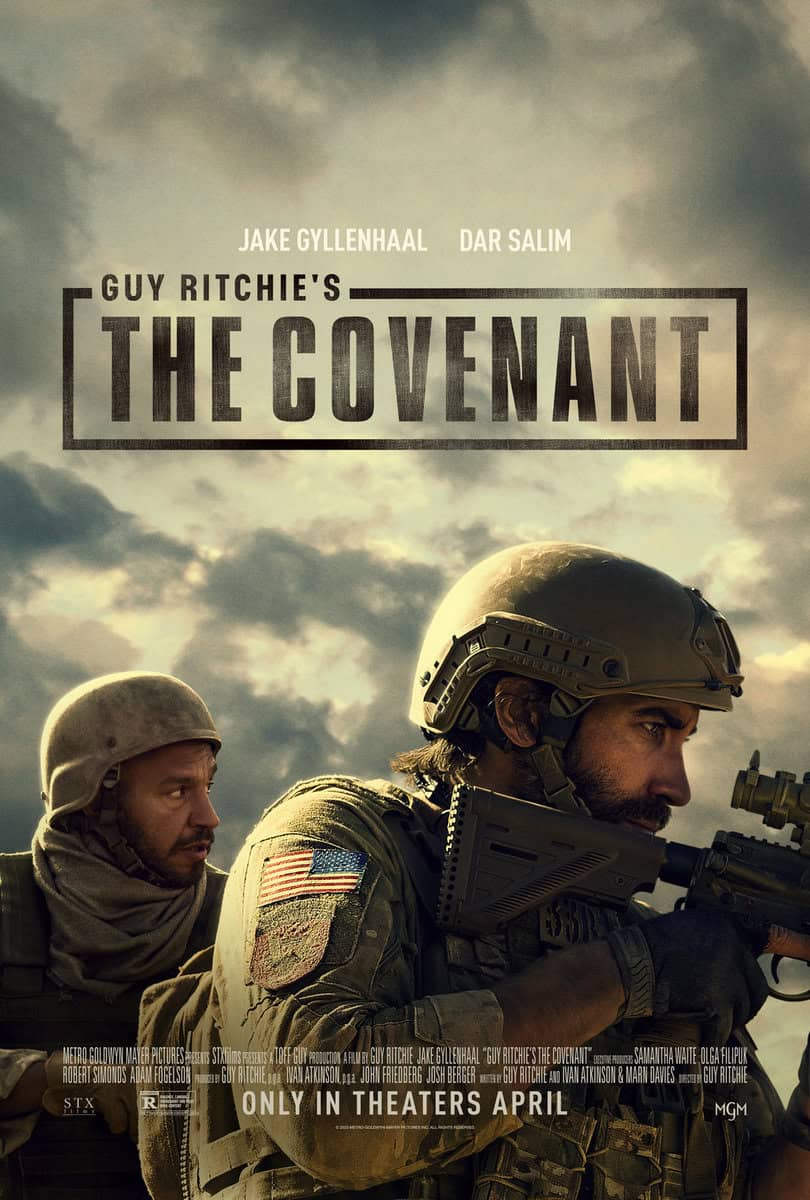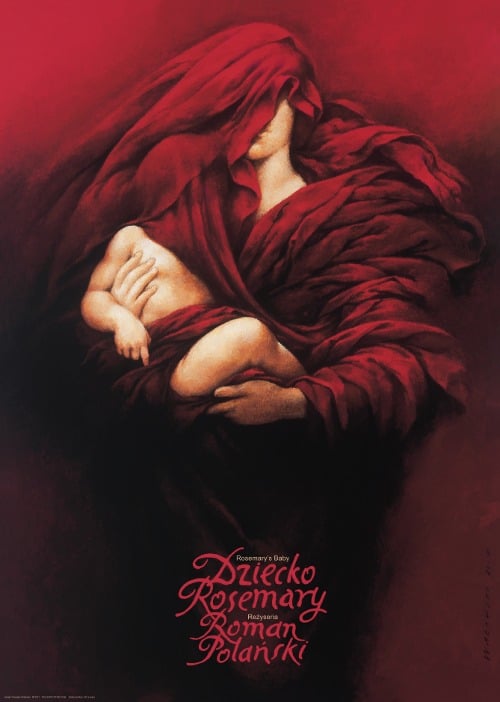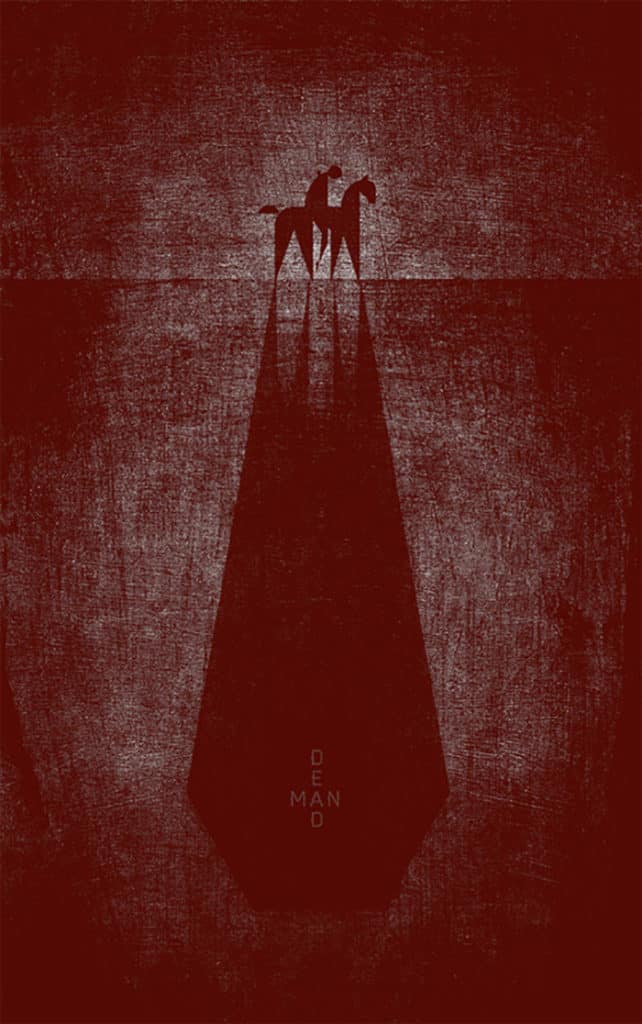
Most westerns contain many grandiose shots of great untamed landscapes – wide rivers, soaring mountains, sprawling valleys. These shots tend to be sweeping and slow-to-develop, allowing for an equally grandiose score to fill the void. This relationship puts the focus on the score, explaining why so many classic western scores contain iconic themes (think Morricone).
Neil Young takes the opposite approach on Dead Man. While his use of guitar is decidedly “western,” it eschews size and scale for intimacy and minimalism. Relying almost exclusively on a single electric guitar, Young spends the score improvising a droning, often haunting journey. He plays with one idea, explores it, exhausts it, then moves on. These choices match the solitary journey that Depp’s William Blake finds himself in. He wanders from place to place and person to person in a sparse, modernizing west devoid of the beauty we’re used to.
By opting for minimalism, Young’s score never detracts from or overtakes the film. Instead, the emphasis stays fixated on the characters, their dialogue, and Blake’s journey through this surreal, psychedelic western world.
